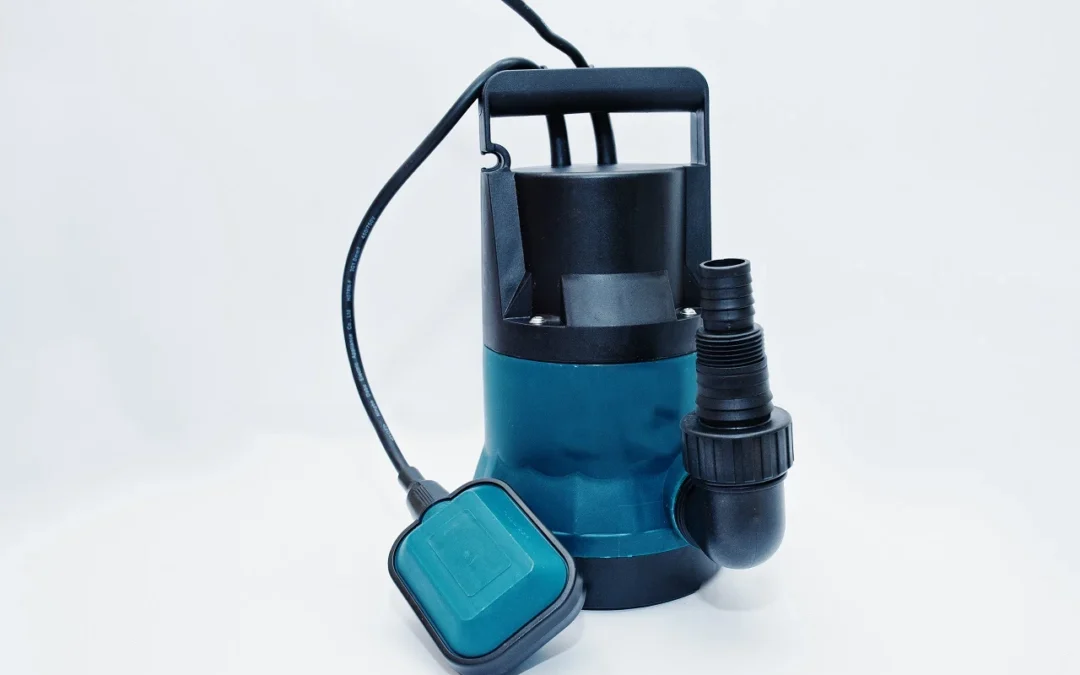Submersible pumps have become an indispensable component of many modern sewage pumping stations, offering durability, reliability, and efficient performance in challenging wastewater environments. As the name suggests, these pumps are designed to operate fully submerged in water, making them ideal for use in sewage pumping stations where they help transport wastewater from lower to higher elevations.
When it comes to selecting and installing submersible pumps for your sewage pumping stations, there are several factors to consider ensuring the system’s optimal performance and longevity. Factors, such as the pump’s ability to handle varying flow rates, head capacity, and the presence of solids and debris, have a significant impact on the overall efficiency and reliability of your wastewater management system.
In this comprehensive guide, we will outline the important aspects to consider when choosing the ideal submersible pump for your specific requirements and provide practical tips for proper installation, helping you make informed decisions for your wastewater management needs. By implementing these best practices, you can optimise the performance and lifespan of your submersible pumps, ultimately contributing to a more effective sewage pumping station, sustained equipment life, and reduced maintenance costs.
Factors to Consider when Selecting Submersible Pumps
1. Flow Rate and Head Capacity
One of the most critical factors to consider when choosing a submersible pump for your sewage pumping station is the required flow rate and head capacity. The flow rate represents the volume of wastewater that needs to be transported, often measured in litres per second or gallons per minute. Head capacity refers to the maximum height the pump can raise the wastewater. Understanding your sewage pumping station’s specific flow and head requirements will help you select a pump that can efficiently meet these demands.
2. Solids Handling Capabilities
Sewage often contains a wide range of solid materials, such as debris, particulate matter, and semi-solids, which can lead to clogging or damage to the pump. When selecting a submersible pump, it’s crucial to ensure that it’s designed to handle solids effectively. Look for pumps with features like vortex impellers or grinder systems, which help prevent clogging issues by breaking down larger solids into smaller, manageable particles.
3. Material and Build Quality
As submersible pumps operate in highly corrosive and abrasive environments, it’s vital to choose pumps made from durable, corrosion-resistant materials. Stainless steel, cast iron, and thermoplastic materials are commonly used in constructing submersible pumps and offer resistance against rust and corrosion. Paying attention to material quality and build will contribute to the pump’s longevity, saving you time and money on maintenance and replacements in the long run.
4. Energy Efficiency
With energy costs being a significant expenditure for many facilities, it’s essential to consider the energy efficiency of the submersible pumps you are selecting. Look for pumps with energy-efficient motors and hydraulic designs, as they reduce the energy required to move the wastewater, ultimately resulting in operational savings and a reduced environmental impact.
Tips for Installing Submersible Pumps
1. Provide Adequate Space for Maintenance
During installation, it’s essential to ensure that there is enough space around the pump for performing regular maintenance tasks, such as inspections, cleaning, and part replacements. This helps facilitate a smooth maintenance process, promoting the pump’s efficient performance and prolonging its lifespan.
2. Ensure Proper Sealing of Electrical Connections
Because submersible pumps operate underwater, protecting electrical connections against water infiltration is crucial for maintaining their performance and safety. Ensure that the electrical connections are properly sealed using waterproof materials and techniques, guarding against potential short circuits or other electrical issues.
3. Follow Manufacturer Recommendations for Installation
Adhering to the manufacturer’s guidelines during pump installation is vital for achieving optimal performance and ensuring that the pump’s warranty remains valid. This includes adhering to recommendations related to depth, pipe connections, and secure fastening of the pump within the sewage pumping station.
4. Plan for Future Growth or Changes in Demand
When installing a submersible pump, consider the possibility of future changes in wastewater flow rates or head requirements, such as increased building occupant numbers or expanded facilities. By planning for these changes during the design and installation stages, you can save yourself time, money, and inconvenience in the long run.
Final Thoughts
Selecting and installing the appropriate submersible pump for your sewage pumping station is a crucial component of efficient wastewater management. By understanding the significant factors to consider when choosing a pump and implementing best practices for installation, you can contribute to the overall effectiveness of your sewage pumping station while prolonging the life of your equipment.
We understand the importance of making the right choices when it comes to submersible pumps and sewage pumping stations. Our team of experts is dedicated to providing exceptional service, advice, and top-quality equipment for your specific wastewater management needs.
Don’t hesitate to reach out to us at A&C Pumps Ltd with any questions or for assistance in selecting and installing the ideal submersible sewage pumps for your pumping station. We’re here to help you achieve the best possible wastewater management solutions.

